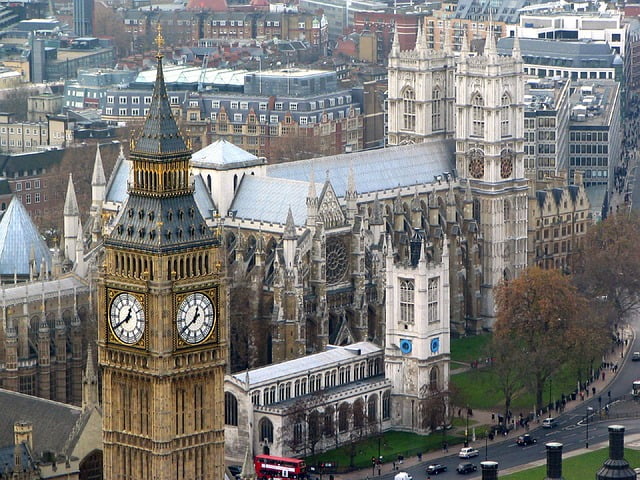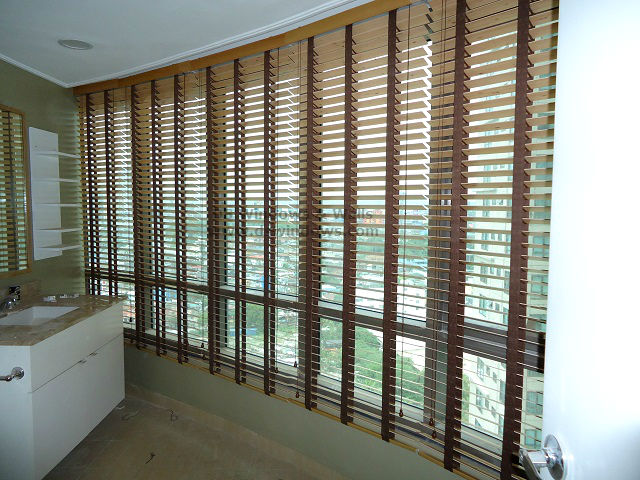History of British Royal Palaces
The British Royal Palaces are not just architectural marvels; they are a testament to centuries of history, politics, and culture. Each palace has its unique story to tell, and together, they paint a vivid picture of the rich tapestry of British royalty. In this article, we embark on a captivating journey through time, exploring the fascinating history of some of the most iconic royal palaces in England.
Hampton Court Palace: A Tudor Marvel
Our journey begins in the early 16th century with Hampton Court Palace, a jewel of the Tudor era. Built by Cardinal Thomas Wolsey and later acquired by King Henry VIII, this magnificent palace showcases the opulence and grandeur of the Tudor dynasty. Its stunning Tudor architecture, including the famous Great Hall, takes visitors back in time to the tumultuous days of Henry VIII’s reign. The palace’s extensive gardens, designed by Capability Brown, offer a serene escape from the hustle and bustle of modern life.
The Tower of London: A Fortress and Prison
Moving forward in history, we arrive at the Tower of London. While it may not fit the traditional image of a palace, the Tower’s history is undeniably intertwined with that of the British monarchy. Originally constructed as a fortress by William the Conqueror in the 11th century, it has served various roles over the centuries, including a royal residence, a mint, and perhaps most famously, a prison. The Tower of London is notorious for housing notable prisoners like Anne Boleyn and Lady Jane Grey, making it a place of intrigue and dark secrets.
Buckingham Palace: The Modern Royal Residence
No journey through the history of British royal palaces would be complete without a stop at Buckingham Palace, the current official residence of Queen Elizabeth II. Originally built as a private townhouse for the Duke of Buckingham in the 18th century, it was later acquired by King George III. The grand facade of the palace, with its iconic balcony, has become synonymous with British royalty. While not open to the public year-round, the State Rooms provide a glimpse into the opulent lifestyle of the reigning monarch.
Windsor Castle: A Royal Retreat
Windsor Castle, the oldest and largest occupied castle in the world, is a true treasure trove of history. Founded by William the Conqueror in the 11th century, it has been a favored residence of numerous monarchs, including Queen Victoria. The castle’s St. George’s Chapel is the final resting place of many British monarchs and is renowned for its stunning architecture. Today, Windsor Castle stands as a symbol of continuity and tradition in the ever-evolving world of British monarchy.
Kensington Palace: A Place of Royals and Royalty
Kensington Palace, nestled in the heart of London, holds a special place in the hearts of many. It was the childhood home of Queen Victoria and remains a favored residence of members of the royal family. The palace’s splendid State Apartments offer a glimpse into the lives of past and present royals. The beautiful Kensington Gardens, designed by Frederick Law Olmsted, provide a serene escape for visitors and locals alike.

The Future of British Royal Palaces
As we conclude our journey through time, it’s worth noting that the British Royal Palaces are not relics of the past; they continue to evolve and adapt to the changing times. These historic landmarks serve as symbols of the enduring monarchy and provide a bridge between the past and the present. Whether you’re a history enthusiast, a royal admirer, or simply a tourist seeking to explore the rich heritage of the United Kingdom, a visit to these palaces is an experience like no other.
In conclusion, the history of British royal palaces is a captivating narrative of power, politics, love, and intrigue. From the Tudor splendor of Hampton Court Palace to the modern elegance of Buckingham Palace, these palaces offer a window into the soul of a nation. Their stories are entwined with those of the monarchs who resided within their walls, and they continue to be an essential part of British culture and identity.
So, the next time you find yourself in the United Kingdom, make sure to embark on your journey through time by exploring these magnificent palaces. Each visit will transport you to a different era, allowing you to walk in the footsteps of kings and queens. The history of British royal palaces is a treasure trove waiting to be discovered. If you want to read more about the history of British royal palaces, check out the full report in this link to learn more.



